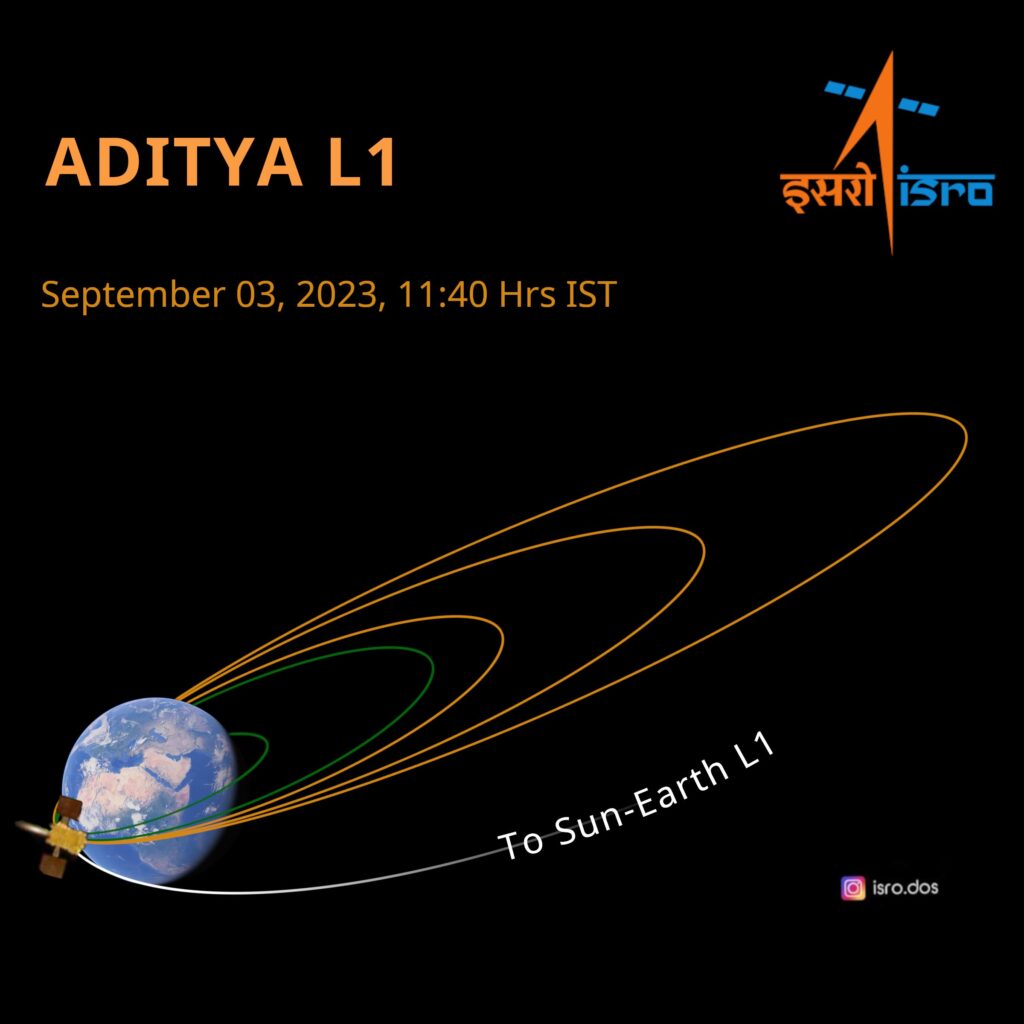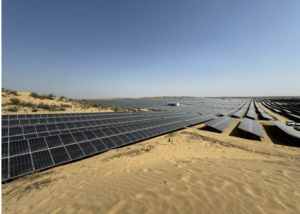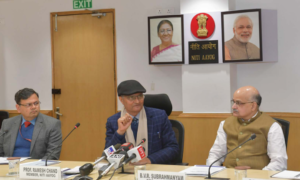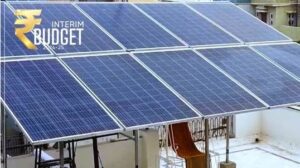After the Moon, ISRO now sets eyes on the Sun

ISRO has now launched the Aditya-L1 mission to study the Sun. (Image: ISRO)
After the successful launch of its Moon mission, ISRO (The Indian Space Research Organisation) has now set its eyes on the Sun. India’s space research organisation is now focused on Aditya-L1 mission. It is a solar mission to study the Sun’s atmosphere, known as the corona. This is the first Indian mission dedicated solely to studying the Sun.
The Aditya-L1 spacecraft was launched on September 2, 2023, from the Satish Dhawan Space Centre in Sriharikota, Andhra Pradesh. The mission’s major objectives include:
- To study the dynamics of the solar atmosphere
- Research the heating of the chromosphere and corona.
- To study the physics of the partially ionized plasma in the solar atmosphere.
- Research the initiation of coronal mass ejections (CMEs) and flares.
- To study the propagation of solar energetic particles (SEPs).
The Aditya-L1 spacecraft will be placed in a halo orbit around the Sun-Earth L1 Lagrange point.This is a point in space where the gravitational forces of the Sun and Earth are balanced. This orbit will allow the spacecraft to stay in a constant position relative to the Sun, which is important for studying the Sun’s atmosphere. This spacecraft is equipped with seven payloads that will be used to study the Sun. The payloads include:
- A coronagraph – will image the Sun’s corona.
- A spectrometer will measure the composition of the solar atmosphere.
- A magnetograph will measure the magnetic field of the solar atmosphere.
- A radiometer will measure the temperature of the solar atmosphere.
- A particle detector will measure the solar energetic particles.
The Aditya-L1 mission is expected to last for five years and is considered to be a crucial mission as it will help better understand the Sun and its impact on Earth.
Here are some of the reasons why the Aditya-L1 mission is important:
- Understand the processes that heat the solar atmosphere.
- Help us to understand the causes of CMEs and flares.
- Understand the propagation of SEPs.
- Improve understanding of space weather, which can have a significant impact on Earth’s atmosphere and climate.
- Help us to develop better ways to protect satellites and astronauts from the harmful effects of space weather.
The Aditya-L1 mission is a significant step. It is a valuable addition to the international fleet of solar missions and will help better understand our nearest star.
Aditya-L1 Mission:
— ISRO (@isro) September 3, 2023
The satellite is healthy and operating nominally.
The first Earth-bound maneuvre (EBN#1) is performed successfully from ISTRAC, Bengaluru. The new orbit attained is 245km x 22459 km.
The next maneuvre (EBN#2) is scheduled for September 5, 2023, around 03:00… pic.twitter.com/sYxFzJF5Oq
Major Missions to Study Sun:
SOHO: This is a joint mission by NASA and the European Space Agency (ESA) launched in 1995. It is the longest-running solar mission in history and has provided detailed data about the Sun.
STEREO: This is a NASA’s mission launched in 2006. It consists of two spacecraft that are flying in tandem, one ahead of Earth and one behind. This mission seeks to get a better understanding of how the Sun’s activity affects Earth.
Hinode: This is a Japanese mission launched in 2006. This is the first solar mission to use a solar coronagraph, which allows it to image the Sun’s corona in greater detail.
Solar Dynamics Observatory: This is also a NASA mission that was launched in 2010. This is the most powerful solar telescope ever built. It has provided images of the Sun’s surface and atmosphere.
IRIS: Launched in 2013, this mission studies the Sun’s chromosphere, the layer of the Sun’s atmosphere that is just above the photosphere.
Parker Solar Probe: This is a NASA mission again. Launched in 2018, it is the first mission to fly closer to the Sun than any previous mission. It is studying the Sun’s atmosphere and magnetic field.
Solar Orbiter: This is another joint mission by ESA and NASA. It was launched in 2020. It studies the Sun’s poles and the way the Sun’s magnetic field interacts with the solar wind.







